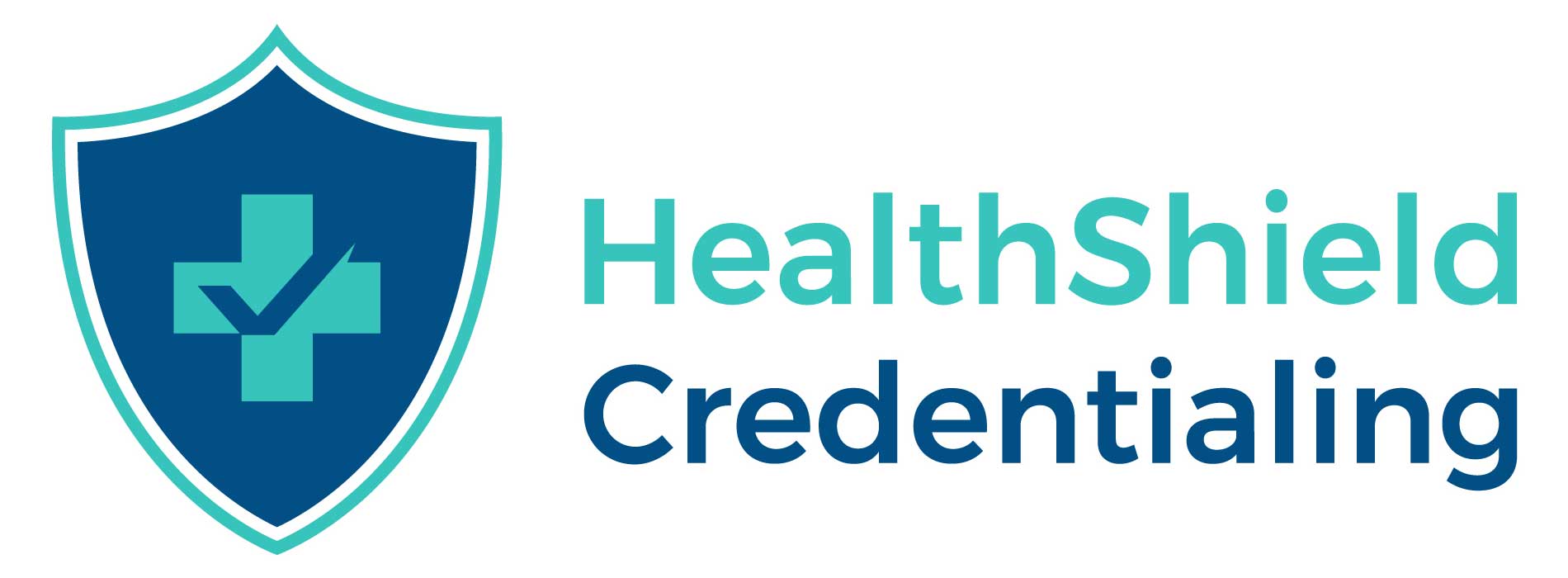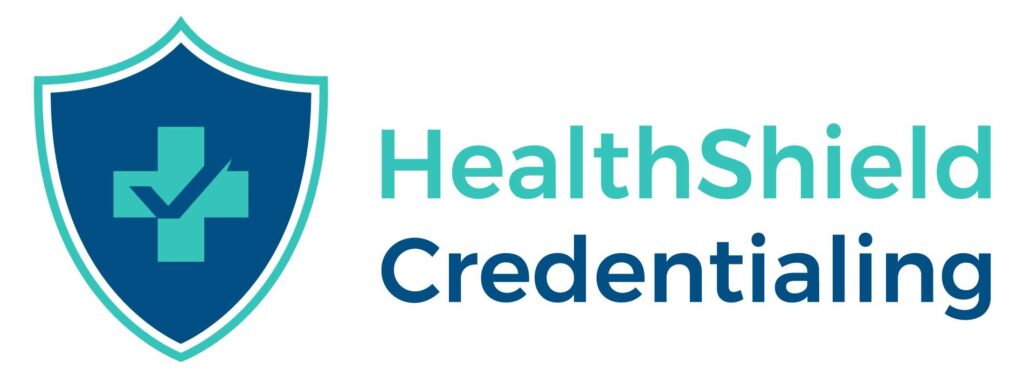HealthShield Credentialing is designed by a CRNA for fellow healthcare workers who are working for themselves.
Welcome to HealthShield Credentialing! After deciding to take the plunge into full-time 1099 work, I went from working for a CRNA-owned company to finding my own local contracts, to selling my house and traveling to different states. With each step into the 1099 workforce, I’ve found there was so much that I didn’t know – and more than that, that I didn’t know where to look for answers. Credentialing was a pain point for me, along with all the things I didn’t realize my W2 job did (health insurance, malpractice insurance, 401K, etc.). The process quickly became overwhelming.
I tried to sift through all the Facebook forums and go by word-of-mouth, but we’ve all been there – everyone has a different opinion or a different “guy.” Through trial and error, I found my people. Along the way I met Kiki and we wanted to build HealthShield as a one-stop shop to make things easier and more efficient for 1099 workers. We wanted the resources, forums, and private message capabilities to connect you to the people with the right information, access, and opportunities.
The resource page of our site is meant to be a CRNA hub of support, information, and direct contacts. We wanted to list CRNA-owned CE and job companies to support our profession and our CRNA colleagues. We’ve provided direct contacts to trusted sources in our legal and insurance needs section. Our hope is that our members will refer us and others to quality people that they’ve found to help the people coming behind them.
We’re always learning, too! The information hub will provide information on topics that everyone wants to know about as another resource of information to help fill in the gaps that we have after learning anesthesia, but not business.
We’re eager to hear what you think about this site and what it offers. Drop us a note at [email protected] to tell us what you think!







bookmarked!!, I love your blog!